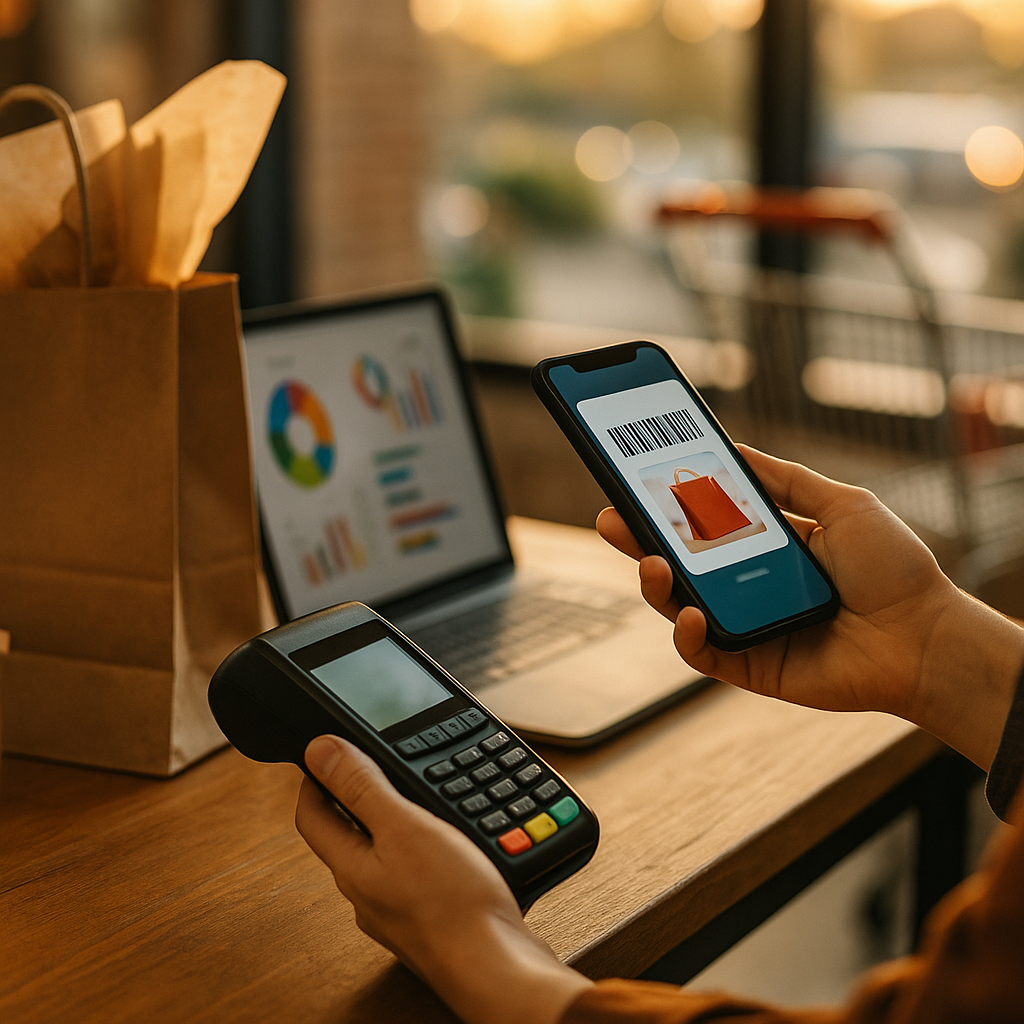Creating a campaign that drives both online sales and in-store redemptions is key for omnichannel retailers in 2025. As shoppers move seamlessly between online and physical experiences, integrating channels can dramatically increase ROI. Curious how to design such a campaign for maximum impact? Let’s break down the essentials and actionable strategies that deliver measurable results.
Understanding Omnichannel Campaign Strategy
To effectively boost online sales and encourage in-store redemptions, it’s vital to adopt an omnichannel mindset. According to a 2025 McKinsey survey, 76% of consumers expect a unified brand experience across digital and brick-and-mortar outlets. This integration ensures that no matter where audiences interact with your brand, the messaging, incentives, and opportunities for engagement remain consistent. Start by mapping the customer journey: how do people learn, shop, and ultimately purchase from you? Recognize these pathways to identify key touchpoints where your campaign can influence both digital and offline behaviors.
Segmenting Audiences for Targeted Engagement
Segmenting your audience is crucial for driving online purchases and in-store visits. Leverage first-party data, loyalty program insights, and online browsing history to build detailed customer profiles. By understanding factors like purchase frequency, preferred channels, and geographic location, you can personalize offers that appeal directly to each segment. For example, urban customers may prefer online deals, but a well-timed in-store event could prompt a visit. Develop audience lists such as:
- Online-only shoppers: Encourage in-store redemption through exclusive pick-up offers.
- Frequent in-store visitors: Attract online conversions with personalized recommendations and digital discounts.
- Omnichannel shoppers: Reward loyalty with multi-platform bonuses.
Personalization at this level supports relevancy and increases campaign success rates.
Crafting Compelling Offers for Multi-Channel Redemption
Design offers that incentivize both online sales and in-store redemptions. According to Deloitte’s 2025 digital commerce forecast, multi-channel promotions see a 32% higher ROI than single-channel counterparts. Effective incentives might include:
- Buy Online, Pick Up In-Store (BOPIS): Streamline the handoff process and add in-store-only add-on discounts upon collection.
- Exclusive In-Store Codes: Email or text customers a unique code after an online purchase, redeemable for an in-store gift or discount.
- Hybrid Loyalty Points: Allow loyalty points to be earned and redeemed in both environments, with periodic ‘multiplier’ events for dual-channel participation.
Ensure all promotions are time-bound and easily trackable, with clear call-to-actions to drive urgency.
Executing Seamless Cross-Channel Campaigns with Technology
Technology plays a pivotal role in bridging the gap between online and offline sales. Rely on robust CRM and marketing automation platforms that integrate with your POS system to track behavior and redemptions in real-time. As of 2025, AI-driven personalization tools allow for hyper-relevant targeting and messaging, while QR codes and mobile wallets have normalized frictionless in-store experiences. Best practices include:
- Unified Data Collection: Centralize all customer interactions for a holistic view across touchpoints.
- Dynamic Campaign Adjustment: Use real-time analytics to tweak offers, creative, and messaging during the campaign.
- Omnichannel Attribution: Utilize advanced analytics to assign proper credit to each channel, understanding how digital ads or emails contributed to both online sales and foot traffic in-store.
Investing in these systems increases operational efficiency and ensures every part of the campaign is measurable and optimizable.
Measuring Success and Refining Your Strategy
Measurement is the linchpin for campaign optimization. Standard KPIs include total sales, online conversion rates, store footfall, and redemption percentages. Beyond simple tracking, employ new attribution models that reflect the blended nature of modern shopping habits. For example, Google’s 2025 Omnichannel Attribution Tool provides granular insights into which touchpoints prompt online sales versus in-store actions. Regularly analyze this data to identify areas for improvement. Why did one offer drive more in-store traffic? Were certain audience segments more responsive? Use A/B testing, surveys, and real-time dashboards to refine each future effort, scaling what works best.
Building Internal Alignment and Training
For a campaign to drive both online sales and in-store redemptions, cross-functional collaboration is essential. Align marketing, store operations, customer service, and IT from the outset. Clearly communicate campaign objectives and provide staff with training on new technologies for redemption processing, troubleshooting, and customer engagement. Equip your team to handle omnichannel shoppers’ evolving needs, ensuring a seamless customer experience—whether at checkout online or in a physical location. Internal buy-in dramatically increases the likelihood of campaign success and repeat participation in future efforts.
Structuring a campaign that drives both online sales and in-store redemptions hinges on audience segmentation, compelling cross-channel offers, and seamless technology integration. By measuring results and fostering internal alignment, you create repeatable success in 2025’s omnichannel landscape. Focus on delivering a unified customer experience for the greatest impact.
Frequently Asked Questions
-
What is the best way to track in-store redemptions from an online campaign?
Integrate your CRM with POS systems to track unique codes, QR scans, or loyalty ID usage. This real-time connection ensures accurate attribution between online efforts and in-store actions, allowing you to refine future campaigns based on performance data.
-
How do you prevent offer misuse across channels?
Use single-use codes and set redemption limits within your offer management platform. Advanced fraud detection tools, now standard in 2025, automatically flag duplicate or suspicious redemptions to protect your margins and campaign integrity.
-
Can smaller retailers run successful omnichannel campaigns?
Absolutely. Scalable marketing automation solutions and affordable analytics platforms now make it practical for businesses of any size to launch cross-channel campaigns, track results, and personalize outreach on a budget.
-
What’s the typical ROI for a multi-channel campaign in 2025?
Recent industry benchmarks suggest that well-structured campaigns integrating both online and in-store elements deliver 25–40% higher ROI than single-channel promotions, provided that technology and messaging remain consistent across all touchpoints.
-
How often should I update my campaign strategy?
Revisit your campaign structure quarterly, using real-time analytics and customer feedback to inform adjustments. Continuous testing and learning are essential for staying ahead in today’s rapidly evolving retail environment.
